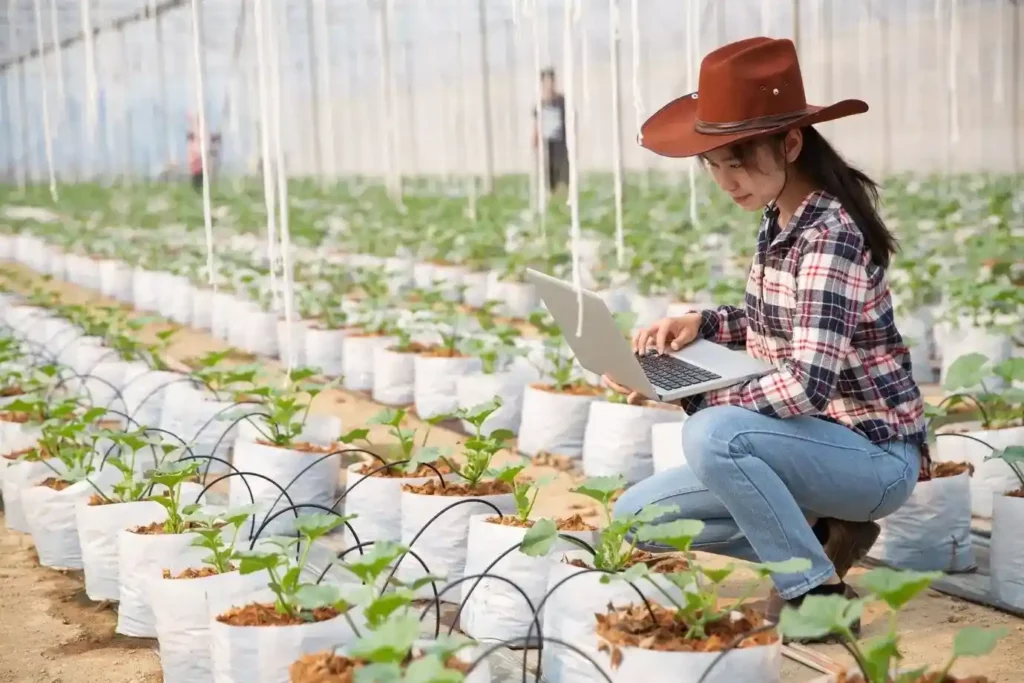- 1.1 Introduction
- 1.2 Water Management Techniques in Agriculture
- 1.3 Conclusion
Introduction
Most of the Indian economy depends on agriculture for livelihood. About 60 percent of the Indian population is engaged in agriculture and or its related areas. A farmer’s life depends on agriculture, and it is dependent on the monsoon. In the scenario of huge climate changes, it is imperative to make an effective arrangement of saving water. Farmers have to apply techniques for saving water to combat the situations such as drought and less seasonal rainfall.
Water Management Techniques in Agriculture
Drip Irrigation
It is an older method that is often used in agriculture to reduce the use of water. In this method, pipes are used to drip water gradually onto the roots of the plants. Otherwise, excessive water is wasted due to surface evaporation. This technique conserves approximately 20 to 50% of the water used in agriculture.
Drought-tolerant crops
The global agriculture industry is already using up to 70% of the freshwater of the earth. And also, drought has become an alarming threat in many areas. Thus, farmers are using drought-tolerating crops in drought-afflicted areas.
Rainwaters harvesting
It is an incredibly useful thing whether it is storage for agriculture, or any other water needs. In some seasons when there is a lack in the amount of rain, then this method is very helpful. Rainwater harvesting in big pits or tanks is very common in states of India such as Rajasthan.
Irrigation scheduling
It is a general fact that watering the crops during the heat days is a waste of water. So, it is necessary to irrigate the farms by choosing the right time. You must schedule your irrigation timings according to the soil sensors. Soil sensors can monitor water levels and soil health. That results in controlling irrigation and conserving water.
Laser leveling
One of the biggest water losses in agriculture is due to water runoff. It is because the field and gardens where you are planting are not perfectly leveled. The water runoff immediately and is unable to soak in the soil. It causes a lot of water wastage. Laser and leveling land will help to retain the water in the soil.
Tailwater reuse
If leveling is not possible then the water can be collected. The huge water runoff from the agricultural field is called tailwater. It can be collected and reused in farming practices. It is more beneficial in organic farming as there is no need to worry about the excessive chemical compounds in the water.
Sand dams
It is a simple concept that can provide a lot of clean water storage. The water collected can further be used for gardening and farming for an extensive period. Sand dams are built by digging deep trenches that are filled with concrete. The drench gets filled over time with rainwater. The sand can hold up to 2 to 10 liters of water which becomes saturated from the water by about 40%.
Conclusion
Water-saving techniques are an integral part of modern agriculture. Because of changing drastic climatic conditions, water conservation techniques have become a basic requirement in the agriculture industry. These techniques are especially needed in those areas that don’t receive enough annual rainfall to support the farming sector.

